Documentary maker Nora Nic Con Ultaigh writes for Culture about her Documentary on One production, A Caravaggio In Tuam? – listen to it above.
In 2015 I went on a hunt for a lost family treasure.
It all started when our family discovered a 1930 article entitled 'Caravaggio in Tuam' re-printed in a Galway newspaper. It suggested that my great-grandfather, Tom McHugh, bought a Caravaggio painting at a local auction for £4 and sold it at a profit in Christie's, London for £136.
A Caravaggio in our family? This was the first we had heard of it.
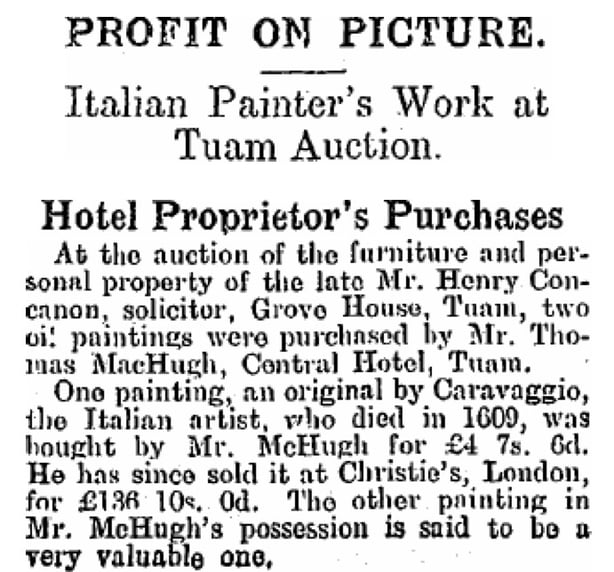
For this documentary I embarked on the search, accompanied by my Dad's cousin, Ruth McHugh, a noted artist in her own right. The story held a huge personal interest for Ruth and she had already done some digging.
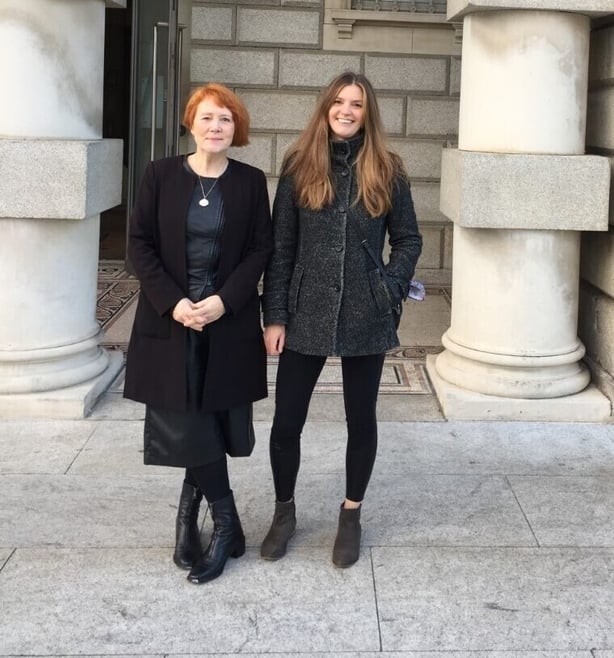
From Ruth's research with Christie’s it transpired that Tom did indeed sell a painting listed as a 'Caravaggio’ in Christie’s on the 16th June, 1930. It was entitled ‘A Girl, in a blue dress with embroidered cloak’ and the buyer was listed as an A. Martin. However, after that Ruth’s search had run dry.
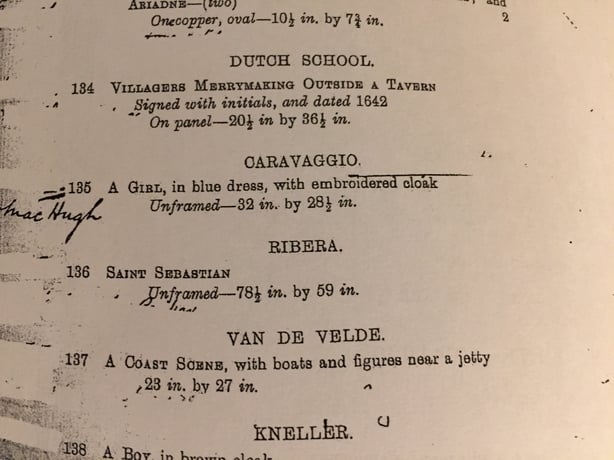
But before trying to track down the painting, I wanted to find out more about my great-grandfather. Born in 1877, Tom McHugh came from humble beginnings. According to my Dad, Tom's family were evicted twice from their house in the townland of Belmont outside Tuam. However, luck may have smiled on Tom when, according to family lore, he won a hotel in Tuam in a raffle.
Tom became a stonecutter and a building contractor. Tuam stonecutter Liam Kelly gave us an insight into Tom’s craftsmanship. Tom’s specialism was carving gravestones, Celtic crosses in particular. Liam showed me some crosses Tom had carved in the local graveyard, deeming them to be a 'work of art’.
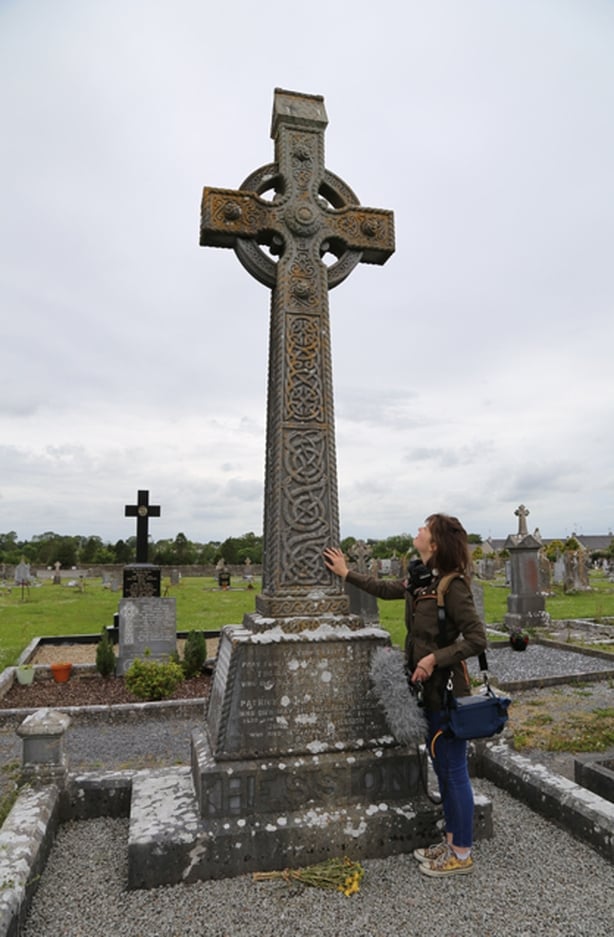
The Celtic crosses tied in with Tom's passionate interest in Irish language and culture. However, he also had an interest in, and an eye for, European art. He frequented auctions and purchased pictures which he would hang in the hotel or bring to Christie’s. It was at the auction of deceased solicitor Henry Concanon in Grove House, Tuam, that he picked up the purported Caravaggio.
My hopes for finding our family’s lost Caravaggio were dealt a blow when I received communication from Christie’s who thought it highly unlikely that the painting was a real Caravaggio. Andrea Lydon from the National Gallery elaborated further by explaining that when a painting was listed by the surname alone it was believed to have been in the artist’s general style, but not necessarily by the artist. We were crestfallen. Were we on a wild goose chase?
However, Andrea did give us some cause for hope when she revealed that the buyer A. Martin was in fact Sir Alec Martin, the Director of Christie’s. As Ruth put it 'he didn’t buy a dud, did he?’ The painting may not be a Caravaggio but it could be a valuable painting in its own right.
We tried contacting the descendants of Alec Martin but we had no luck. Ruth had trawled through art catalogues and ten years of Christie's sales catalogues to no avail. Eventually she took our search online where she had a eureka moment. A painting by Orazio Gentileschi, an esteemed Caravaggesque painter, corresponded to our subject and its unusual dimensions (32" x28.5"). The priceless painting was entitled 'Portrait of a Young Woman as a Sibyl’ and was housed in the Museum of Fine Arts, Houston, Texas. She traced the painting back to a sale in Christie's in 1951. Rushing to the National Gallery to cross-check the Christie’s sale she found the 1951 catalogue out on the table. The sale catalogue confirmed her hopes. The painting had the same dimensions and the name tied it to ours - ‘A Girl, in a blue Dress with embroidered yellow cloak and white headdress, holding a scroll’. We consulted with four Caravaggio experts on the likelihood of this being it - the answers ranged from ‘an enticing idea’ to ‘a perfect match’.
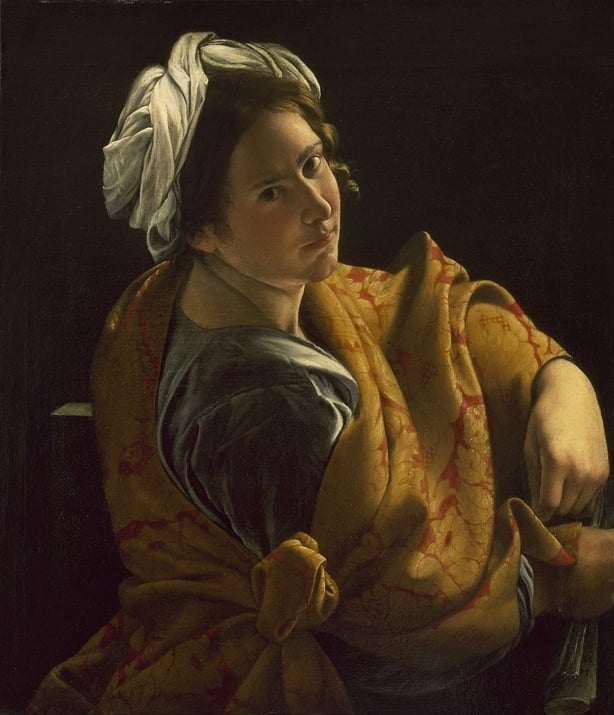
The 'Portrait of a Young Woman as a Sibyl' by Orazio Gentileschi has a poignant story behind it. It is thought to be the artist’s daughter, Artemesia Gentileschi, who modelled for it - a highly regarded and pioneering painter in her own right. That Gentileschi painted his daughter as a sibyl had a particular resonance. Artemesia had been sexually assaulted by an associate of her father’s while training in his studio. The case was brought to court by her father. As part of the court proceedings, Artemesia was tortured with an instrument called a sibyl. A sibyl denotes a prophetess from the ancient world but in the context of Roman law it was also an instrument of torture - a series of rings that tightened around the accuser’s fingers in order to establish the veracity of their claim. In the end, Gentileschi won the case and his associate was banished from Rome. We were astonished by such an end to our quest. Not only was it a beautiful painting - it featured a pioneering female painter with an incredible story.
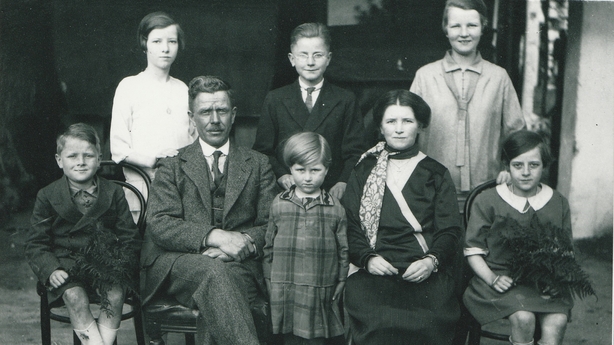
The ending of Tom McHugh's story was sadly not as happy. Notwithstanding the fact that he worked into his 80s, he had to put the hotel and his prized paintings up for sale due to financial difficulty. It was a tough end for Tom but I couldn’t help but wonder at the legacy he left behind - masterful Celtic crosses dotted around the countryside of the west of Ireland and now this story.
Tom had always loved stories but perhaps the best story of all was his own.
Listen to more from the Documentary On One archives here.
